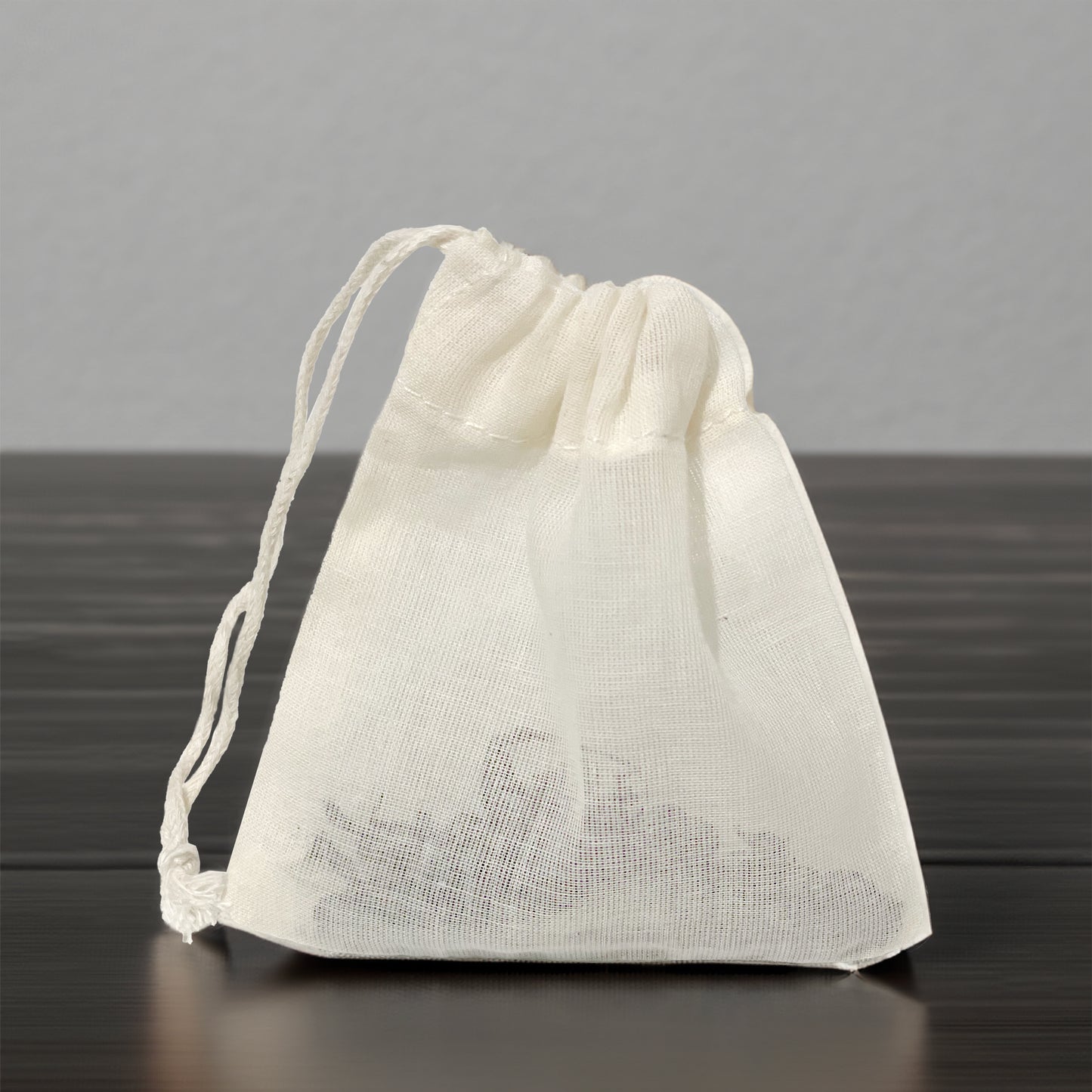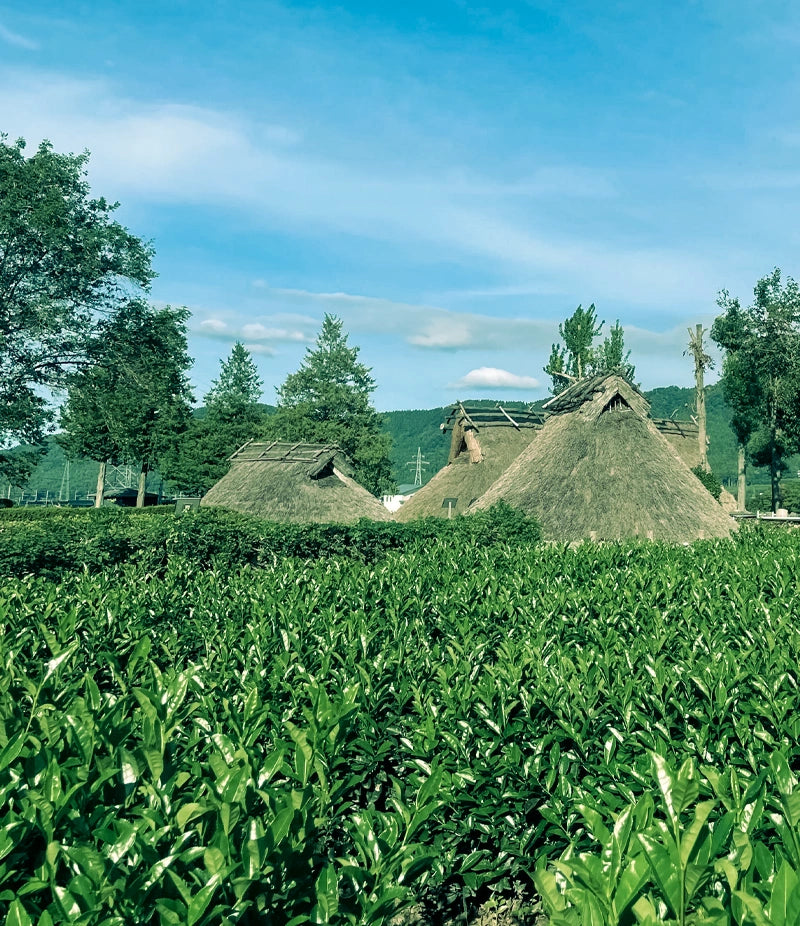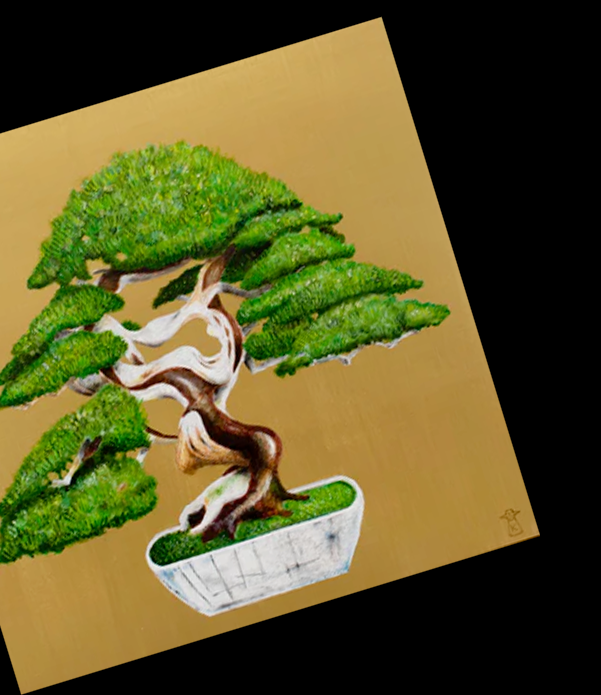
CLASS EARTH
organic cotton tea bag
organic cotton tea bag
Couldn't load pickup availability
Item Detail
Organic cotton tea bags that are sized to hold tea for 1 to 2 people.
It can be washed and used repeatedly.
If you don't have a teapot, you can also enjoy tea by pouring it directly into a cup.
・Please wash gently by hand. Delivered in FSC certified paper packaging.
<About delivery>
・If you purchase a single item, it will be delivered by post.
・Shipping schedule: Shipped within 7 business days from the date of order
(It may take longer than usual during the year-end and New Year holidays and Golden Week)
・We do not accept requests for delivery dates.
Sustainability
Sustainability
size
size

List of endangered tea products
-
Assortment of 3 types of endangered tea
Regular price 3,800 円(税込)Regular priceUnit price per -
Assortment of 3 types of endangered tea
Regular price From 3,500 円(税込)Regular priceUnit price per -
Assortment of 3 types of endangered tea [Bulk purchase of 10 pieces]
Regular price 30,000 円(税込)Regular priceUnit price per -
organic cotton tea bag
Regular price 300 円(税込)Regular priceUnit price per
About the three endangered teas

The relationship between Japanese tea and biodiversity
Japan's Satoyama are globally recognized for their high value in terms of ecological conservation, so much so that they are referred to by the word "SATOYAMA."
It is often thought that an untouched state is good for the environment, but when properly managed and grasslands that receive sunlight are maintained, satoyama become habitats for insects and small animals and create a diverse ecosystem.
Japan's tea fields are representative of this rich rural landscape and their value is being rediscovered, but the reality is that they are steadily declining.
Efforts to conserve tea fields can contribute to sustainable regional development while also conserving biodiversity.

Why is biodiversity important?
"Biodiversity" refers to the connections of life that sustain the entire Earth, including the diversity of ecosystems, species, and genes.
All living things are directly and indirectly connected to one another, and our lives are supported by biodiversity.
Loss of biodiversity has a negative impact on oceans, rivers and soil, which in turn leads to climate change.
The loss of biodiversity has caused major problems for human society, including food issues, disasters, and infectious diseases, and the restoration of biodiversity has become a global issue that must be addressed.

Bonsai as a symbol of sustainability
The packaging features bonsai art from "Kengo Bonsai Gallery."
Bonsai can live beautifully for up to a thousand years with proper human care, and their value is recognized around the world.
We have incorporated our hopes for the survival and prosperity of endangered tea species into this sustainable art, which is a testament to the coexistence of humans and nature.




![Assortment of 3 types of endangered tea [Bulk purchase of 10 pieces]](http://store.class-earth.com/cdn/shop/files/10.jpg?v=1705298068&width=533)



